![]()
![]()
![]()
The information collected by the  JICOSH
JICOSH  ,
the former international center of JISHA, is available here, though it has not been updated:
,
the former international center of JISHA, is available here, though it has not been updated:
 Industrial Accidents Statistics in Japan (2018)
Industrial Accidents Statistics in Japan (2018) 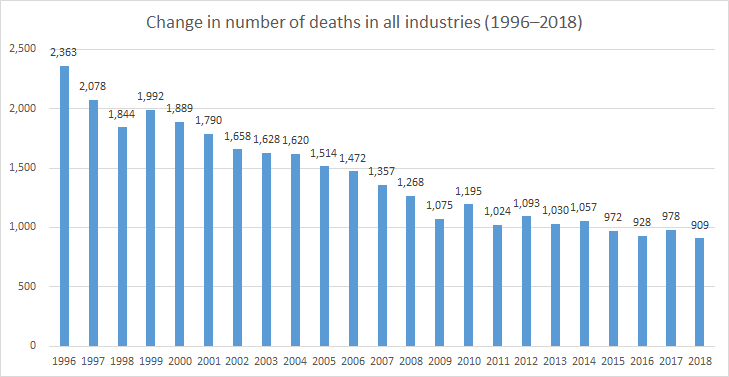
 Survey by the Safety Division, Ministry of Health, Labour and Welfare (MHLW)
Survey by the Safety Division, Ministry of Health, Labour and Welfare (MHLW)
 https://www.jisha.or.jp/english/statistics/index.html
https://www.jisha.or.jp/english/statistics/index.html
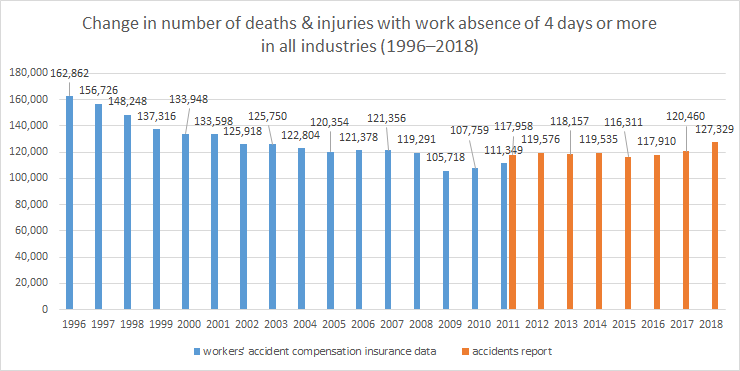
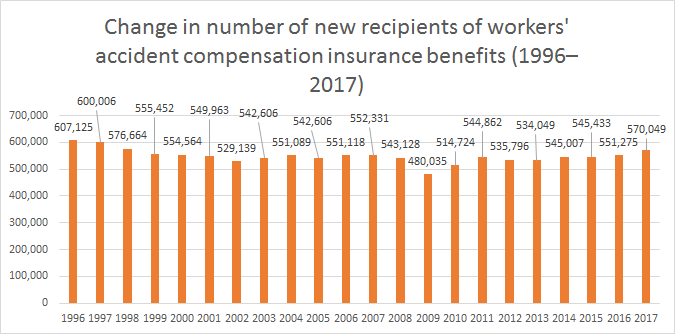
 Number of new recipients of workers' accident compensation insurance benefits: Annual report on Workers' Accident Compensation Insurance Programme
Number of new recipients of workers' accident compensation insurance benefits: Annual report on Workers' Accident Compensation Insurance Programme (only Japanese)
(only Japanese)
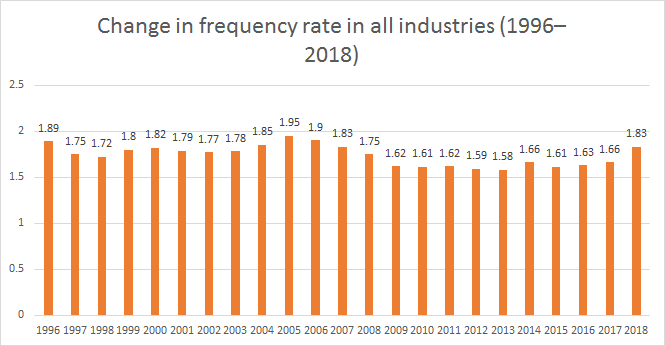
 Frequency rate and severity rate: Industrial accident census, MHLW
Frequency rate and severity rate: Industrial accident census, MHLW (only Japanese)
(only Japanese)  2018_ltifr.xls
2018_ltifr.xls
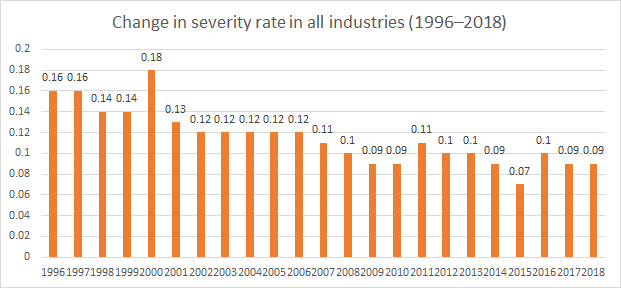

 2018_accidents_rate.xls
2018_accidents_rate.xls
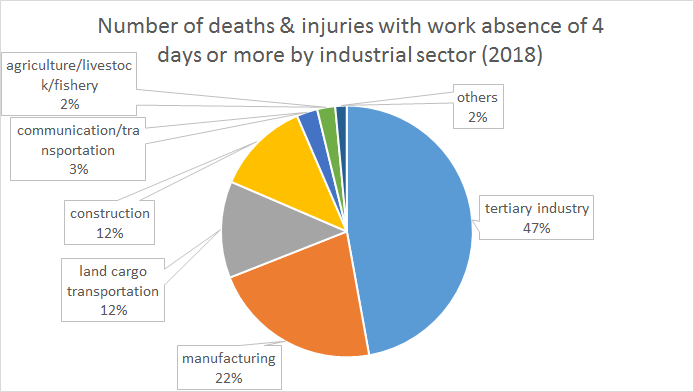
 Industrial_accidents_in_2018.xls
Industrial_accidents_in_2018.xls
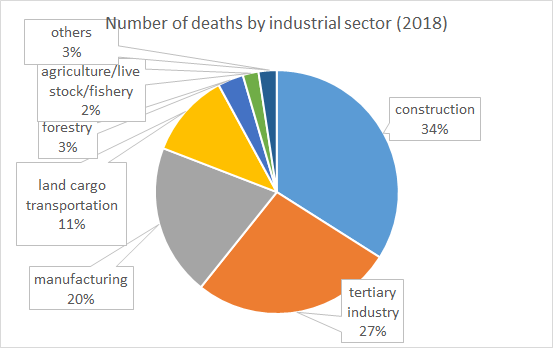
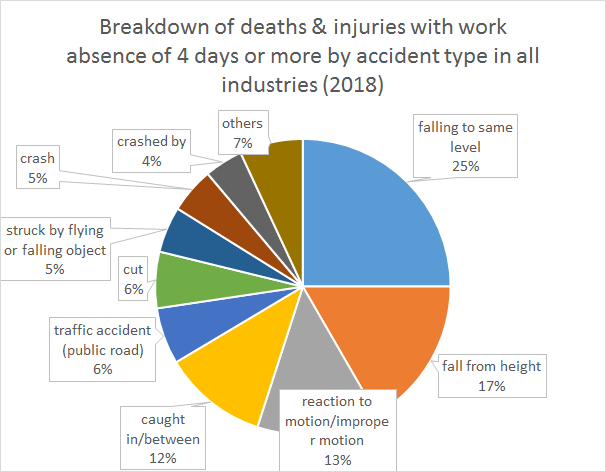
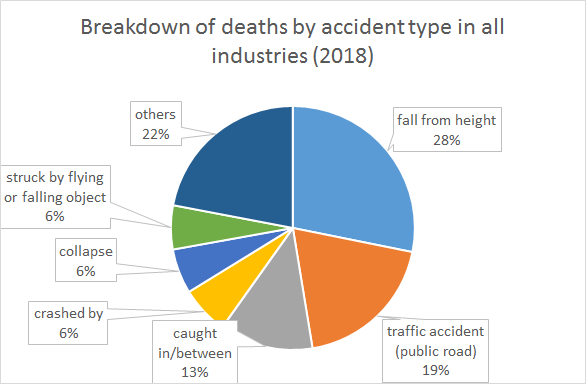
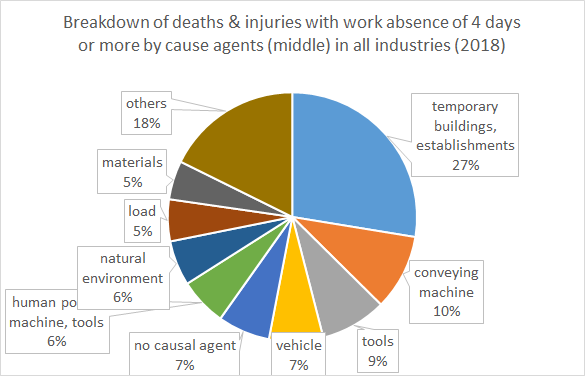
 2018_accidents.xls
2018_accidents.xls
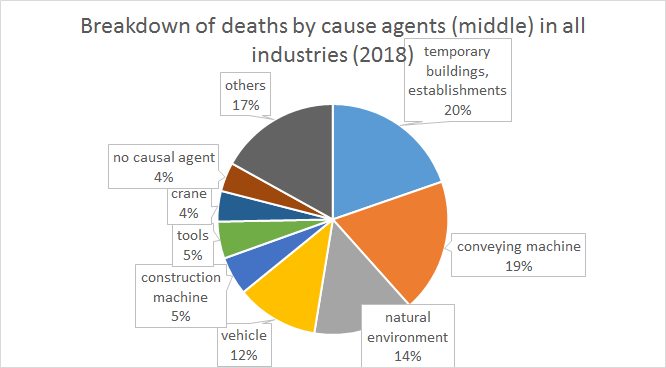
 2018_fatal.xls
2018_fatal.xls
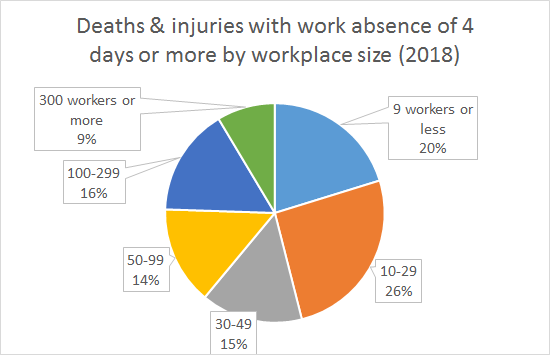
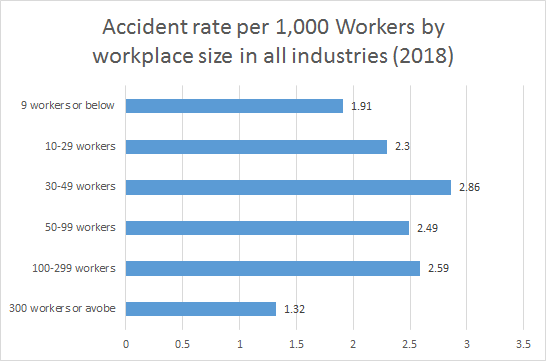
 2018_accidents.xls
2018_accidents.xls
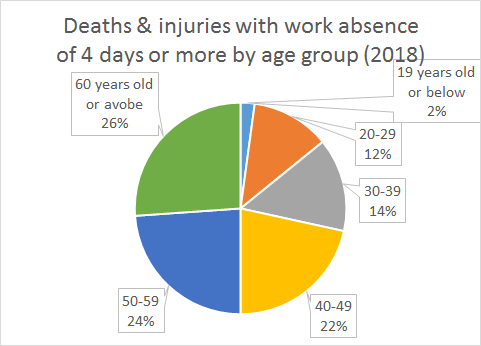
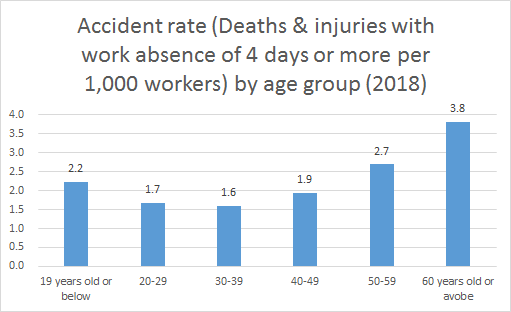
 2018_accidents.xls
2018_accidents.xls
 Labour Force Survey, Ministry of Internal Affairs and Communications
Labour Force Survey, Ministry of Internal Affairs and Communications (only Japanese)
(only Japanese)